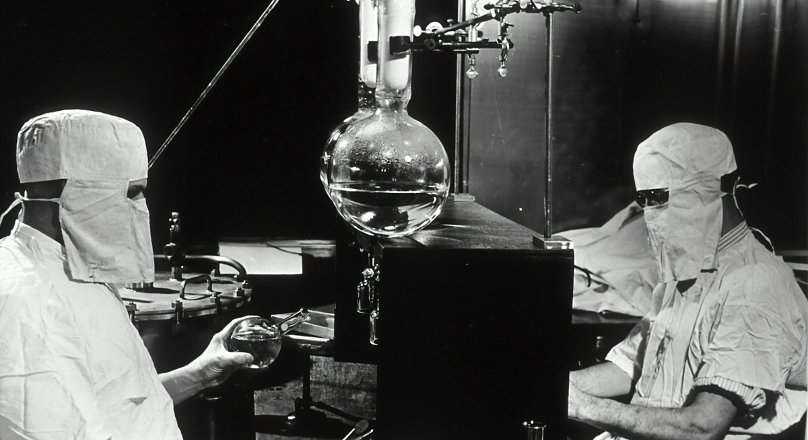Results for ""
Researchers at Stanford Medicine and McMaster University have created an artificial intelligence model called SyntheMol to address the growing problem of antibiotic resistance. This issue is responsible for causing approximately 5 million deaths worldwide annually.
The AI was utilized to develop frameworks and synthesis techniques for six novel pharmaceutical compounds that can combat drug-resistant strains of Acinetobacter baumannii, a significant contributor to mortality caused by antibacterial resistance.
Antibiotic-resistant genes
The spread of antibiotic-resistant genes worldwide is a significant obstacle in modern medicine. In 2019, over 4.95 million deaths were attributed to illnesses that were resistant to drugs, and it is expected that this figure will increase to 10 million annually by the year 2050. The ESKAPE pathogens, consisting of six bacterial species, exhibit high virulence and medication resistance. Acinetobacter baumannii, a Gram-negative bacterium, is highly problematic in clinical environments and is considered a top priority by the World Health Organization. We require new structurally and functionally unique antibiotics to combat this troublesome virus effectively.
Generative models
AI techniques have demonstrated their ability to identify potential medication candidates, such as antibiotics, quickly and precisely. Property prediction AI models can assess chemical libraries to identify molecules with favourable characteristics. A significant constraint is that these models assess molecules individually, which is time-consuming for extensive chemical landscapes. On the other hand, generative models construct molecules by combining smaller molecular fragments to create larger molecules that possess the required characteristics. Generative models enable the direct creation of potential molecules without the time-consuming evaluation of several compounds.
SyntheMol
Before the advent of generative AI like SyntheMol, scientists employed computational techniques to discover novel antibiotics. They utilized algorithms to analyze existing medicinal molecules and identify possible candidates. Although examining 100 million identified compounds has been undertaken, it only explores a small fraction of the vast number of possible drug-like molecules, estimated to be approximately 10^60.
The primary benefit of generative AI is in its capacity to "hallucinate", generating completely novel replies. Nevertheless, prior experiments of this technique yielded unattainable compounds to create artificially. To address this issue, the researchers imposed limitations on SyntheMol to guarantee that the synthesized molecules could be produced within a laboratory setting.
Evaluation
SyntheMol underwent training using a vast collection of over 130,000 molecular components and various chemical reactions. This training equipped the model with knowledge of the outcomes and the necessary procedures to achieve them. SyntheMol generated over 25,000 prospective antibiotics within less than nine hours. Researchers selected the 70 compounds with the highest degrees of potential efficacy from a more extensive set of ideas. These compounds were produced with Enamine, a chemical business based in Ukraine. Out of these, six could eliminate a resistant strain of A. baumannii.
Conclusion
The researchers created SyntheMol, an innovative generative AI model for designing small molecule drugs. This model combines molecular property prediction models with MCTS to systematically explore a wide range of chemical combinations in search of potential compounds with intriguing properties. The researchers utilized SyntheMol to develop antibacterial compounds specifically targeting A. baumannii.
Subsequently, they synthesized and conducted experimental testing on 58 newly created compounds that exhibited a wide range of structural diversity. Surprisingly, six compounds demonstrated efficacy against A. baumannii and other genetically distinct ESKAPE species. This study showcases the practicality of using generative artificial intelligence to create unique and easily manageable small-molecule antibiotic candidates that successfully combat infections.
Sources of Article
Source: https://www.nature.com/articles/s42256-024-00809-7
Image source: Unsplash






